1.RGB Gaming Keyboard
KARURA2 K502 RGB Gaming Keyboard
Quiet and comfortable typing is made possible by the Redragon Karura 2 K502 gaming water keyboard with Island-style Chiclet diaphragm keys. The backlight on the keyboard features six different modes, seven colors, four brightness levels, and an adjustable pulse rate. It contains 12 multimedia keys and 25 anti-ghosting keys.
Customizable RGB Lighting: The standout feature of an Gming Keyboard is its vibrant and customizable lighting. Each key can be illuminated with a different color, allowing you to create visually stunning effects, match your gaming setup, or express your unique style. Most keyboards come with dedicated software that lets you choose from a vast array of colors and lighting patterns, including waves, gradients, and reactive effects.
Enhanced Gaming Experience: RGB backlighting serves more than just aesthetic purposes; it can enhance your gaming experience. Assign different colors to specific key functions or in-game actions for quick recognition. For example, you can light up your movement keys in one color and your ability keys in another, making it easier to execute combos and react swiftly during gameplay.
Mechanical Key Switches: Many RGB Gaming Keyboards use mechanical key switches, known for their tactile feedback, durability, and accuracy. Mechanical switches come in various types, each offering a different feel and actuation force, allowing you to choose the one that suits your gaming style.
Anti-Ghosting and N-Key Rollover: To ensure that every keypress registers accurately, gaming keyboards often come equipped with anti-ghosting and N-key rollover technology. This means you can press multiple keys simultaneously without missed inputs, crucial for complex gaming maneuvers.
Macro Support: Gaming Keyboards often include dedicated macro keys or the ability to record and assign macros to specific keys. Macros allow you to execute a series of actions with a single keypress, providing a significant advantage in games that require rapid sequences of commands.
Game Mode and Windows Lock: Game Mode features prevent accidental interruptions during gameplay by disabling the Windows key and other potentially disruptive functions. This ensures that you stay fully focused on your game without any sudden exits or interruptions.
Comfort and Ergonomics: Gaming keyboards are designed with comfort in mind. They often feature ergonomic layouts, wrist rests, and customizable keycap designs to reduce fatigue during extended gaming sessions.
Compatibility:Gaming Keyboards are compatible with various gaming platforms, including PCs, gaming laptops, and even some gaming consoles. Make sure to check the compatibility of your chosen keyboard with your gaming system.
Aesthetic Appeal: Beyond gaming performance, Gaming Keyboards are known for their aesthetic appeal. They can transform your gaming setup into a visually stunning and personalized space.
In summary, an Gaming Keyboard is not only a functional gaming tool but also a statement of style and a means to enhance your gaming performance. Its customizable lighting and advanced features cater to both competitive gamers and those looking to elevate their gaming experience.
2.RGB Synchronization
RGB synchronization refers to the ability of lighting in various components and peripherals of a gaming setup to work together in harmony, creating a unified and visually appealing lighting experience. This synchronization is typically achieved through software control or hardware compatibility. Here’s the content you might find in a discussion about RGB synchronization:
- Definition: RGB synchronization, short for “Red, Green, Blue synchronization,” is a feature that allows multiple RGB-enabled devices, such as gaming keyboards, mice, monitors, and PC components, to coordinate and display lighting effects simultaneously.
- Unified Lighting: The primary purpose of RGB synchronization is to create a unified lighting theme across all compatible devices. This ensures that the colors, patterns, and effects match, enhancing the overall aesthetics of a gaming setup.
- Compatible Components: RGB synchronization is most effective when using components and peripherals from the same manufacturer or those that support common RGB synchronization protocols, such as ASUS Aura Sync, MSI Mystic Light, or Razer Chroma.
- Software Control: Manufacturers often provide dedicated software applications to control and synchronize RGB lighting. These applications allow users to customize colors, effects, and synchronization patterns.
- Hardware Integration: Some high-end motherboards and graphics cards come with built-in RGB headers and controllers that facilitate synchronization without the need for additional software. This can simplify the setup process.
- Effects and Patterns: Users can choose from a variety of lighting effects, including static colors, breathing effects, rainbow waves, and more. These effects can be synchronized or customized for individual devices.
- Customization: synchronization software typically offers extensive customization options. Users can create their own lighting profiles, adjust brightness, and set the speed of dynamic effects to suit their preferences.
- Gaming Immersion: synchronization isn’t just for aesthetics; it can also enhance gaming immersion. For example, the lighting can change in response to in-game events or provide visual cues for cooldowns and health status.
- Troubleshooting: Occasionally, users may encounter issues with synchronization, such as devices not properly syncing or conflicts between software. Troubleshooting guides and support forums are available to help address these issues.
- Expandability: As users add or upgrade components, they can ensure that the new devices are compatible with their existing RGB synchronization setup to maintain a cohesive lighting theme.
- Third-Party Support: Some third-party applications and open-source projects may offer cross-platform RGB synchronization solutions, allowing users to sync devices from different manufacturers.
synchronization has become an important feature in gaming setups, offering both aesthetics and functional benefits by creating a visually immersive experience that can be tailored to personal preferences and gaming atmospheres.
3.Anti-Ghosting
Anti-ghosting is a critical feature in gaming keyboards that helps prevent keypress conflicts and ensures accurate input recognition, particularly during fast and simultaneous key presses. Here’s the content you might find in a discussion about anti-ghosting:
- Definition: Anti-ghosting is a technology implemented in gaming keyboards to eliminate the issue of “ghost” or unregistered key presses when multiple keys are pressed simultaneously.
- Key Rollover: Anti-ghosting is often associated with key rollover, which is the ability of a keyboard to handle and register multiple key presses at once. The two main types are:a. 6-Key Rollover (6KRO): Basic keyboards typically support up to 6 simultaneous key presses. If more keys are pressed simultaneously, some may not register.b. N-Key Rollover (NKRO): Gaming keyboards often feature NKRO, which means they can register an unlimited number of simultaneous key presses. This ensures that every key press is recognized, no matter how many keys are pressed at the same time.
- Common Use Cases: Anti-ghosting is crucial in fast-paced gaming scenarios where precise and rapid inputs are required, such as first-person shooters (FPS), real-time strategy (RTS), and fighting games. Without it, players may experience missed commands or unintended actions.
- Key Matrix: Keyboards use a key matrix to register key presses. Ghosting occurs when the keyboard cannot differentiate between multiple key presses in the same row or column. Anti-ghosting technology prevents this confusion.
- Switch Types: The type of key switches used in a keyboard can affect anti-ghosting capabilities. Mechanical switches, often preferred by gamers, tend to provide better anti-ghosting performance compared to membrane switches.
- Simultaneous Inputs: Anti-ghosting ensures that every key you press, whether it’s for movement, weapon selection, or skill activation, is registered accurately, even when multiple keys are pressed at once.
- Customization: Some gaming keyboards allow users to customize which keys are anti-ghosted or specify a particular key combination for priority, ensuring that essential commands are never missed during gameplay.
4,Gaming Keypad
A gaming keypad is a specialized gaming peripheral designed to provide gamers with a more ergonomic and customizable alternative to a traditional keyboard for gaming. It typically features a compact layout of keys and additional gaming-specific features. Here’s the content you might find in a discussion about gaming keypads:
- Introduction to Gaming Keypads: A gaming keypad, also known as a gaming keyboard or gaming keypad, is a peripheral device designed specifically for gaming. It offers a compact, ergonomic, and customizable alternative to a traditional keyboard.
- Compact Layout: Gaming keypads typically feature a compact layout with a reduced number of keys compared to a full-sized keyboard. This layout is optimized for gaming and often includes a directional pad, programmable keys, and additional gaming-specific controls.
- Ergonomics: Gaming keypads are designed with ergonomics in mind, providing a more comfortable gaming experience during extended sessions. The keypad is contoured to fit the hand comfortably, reducing fatigue.
- Customizable Keys: One of the key features of gaming keypads is the ability to customize the key functions. Users can often remap keys and assign specific in-game actions or macros to individual keys for quick access.
- D-Pad or Thumbstick: Many gaming keypads include a D-pad or thumbstick for precise movement control, which can be especially useful in games that require fluid character movement, such as first-person shooters.














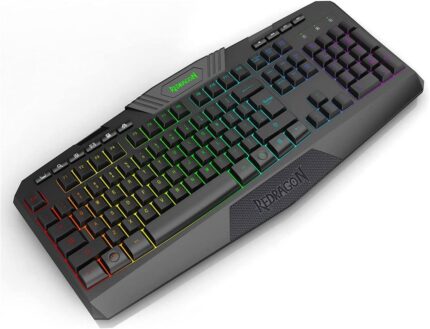
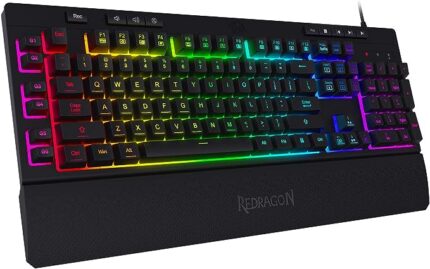


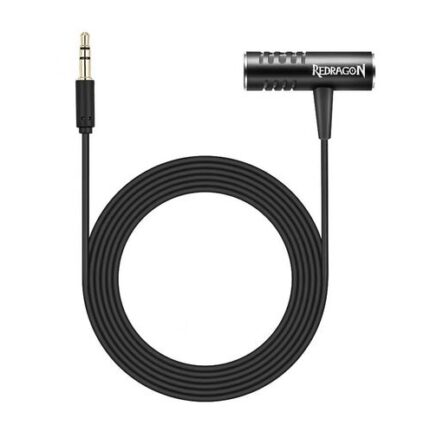

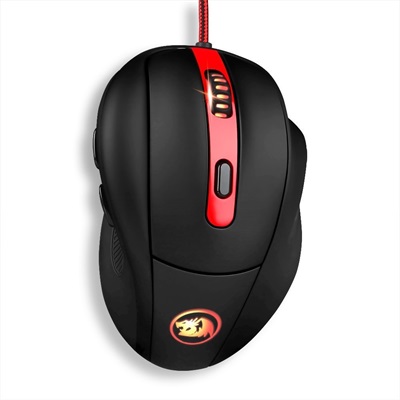
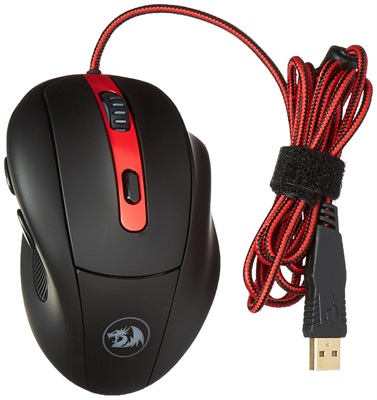

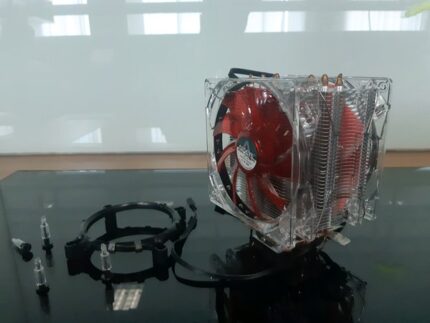
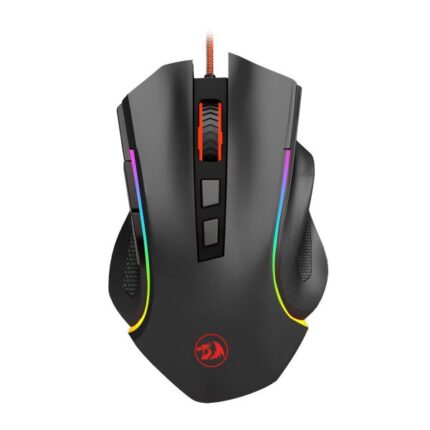
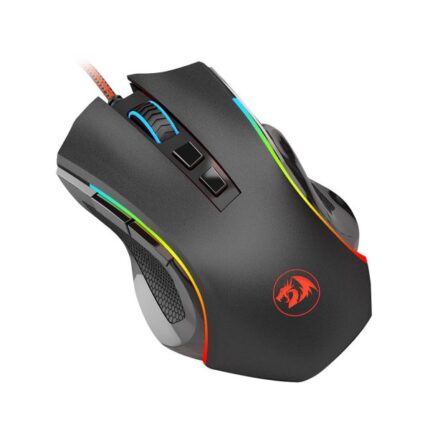
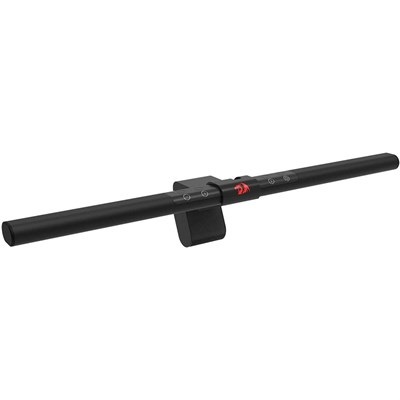

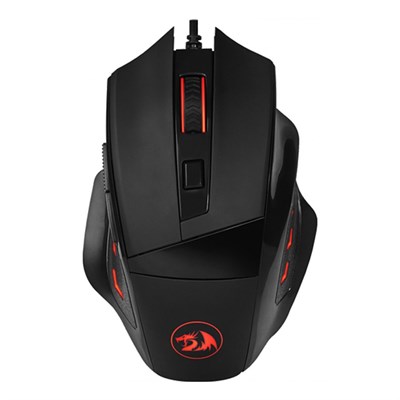
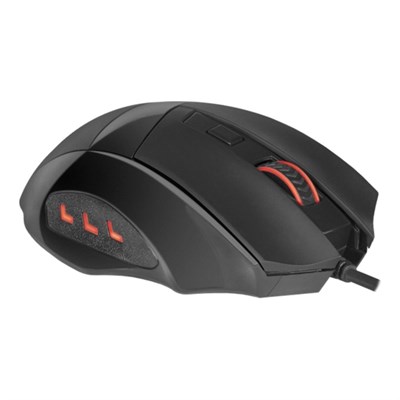



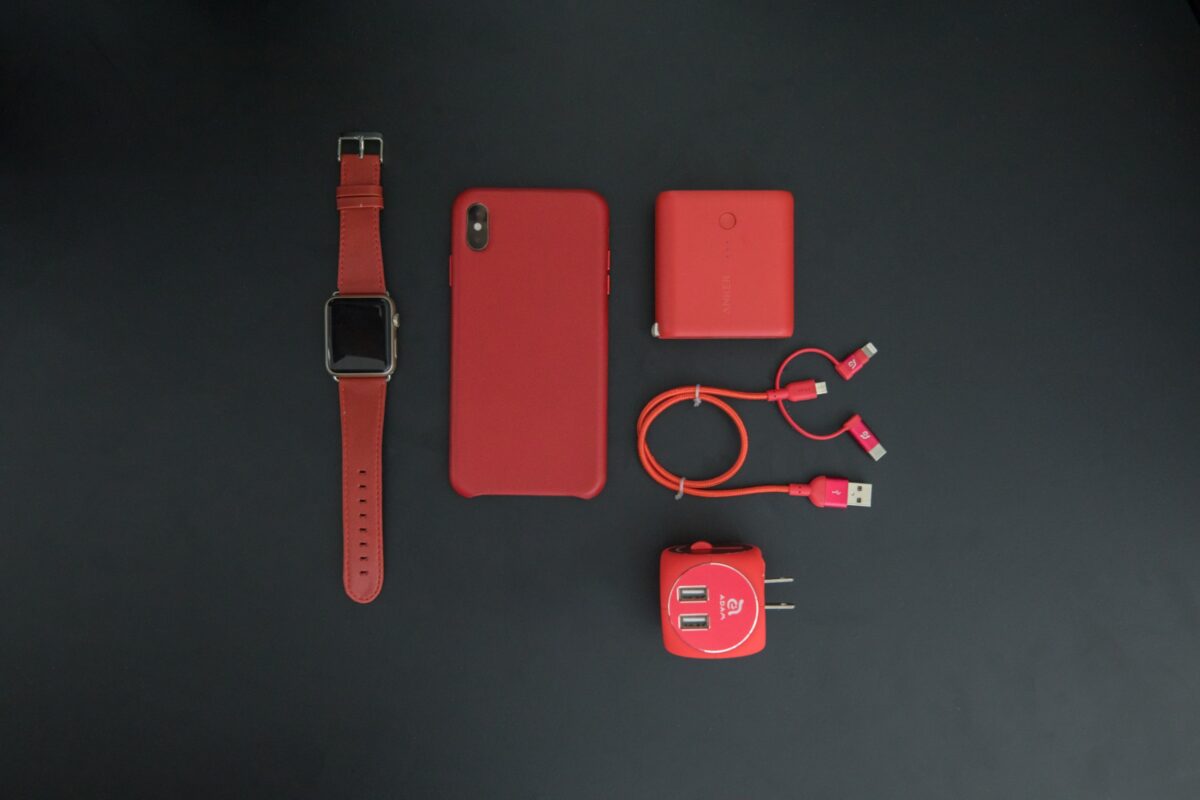
Reviews
There are no reviews yet.